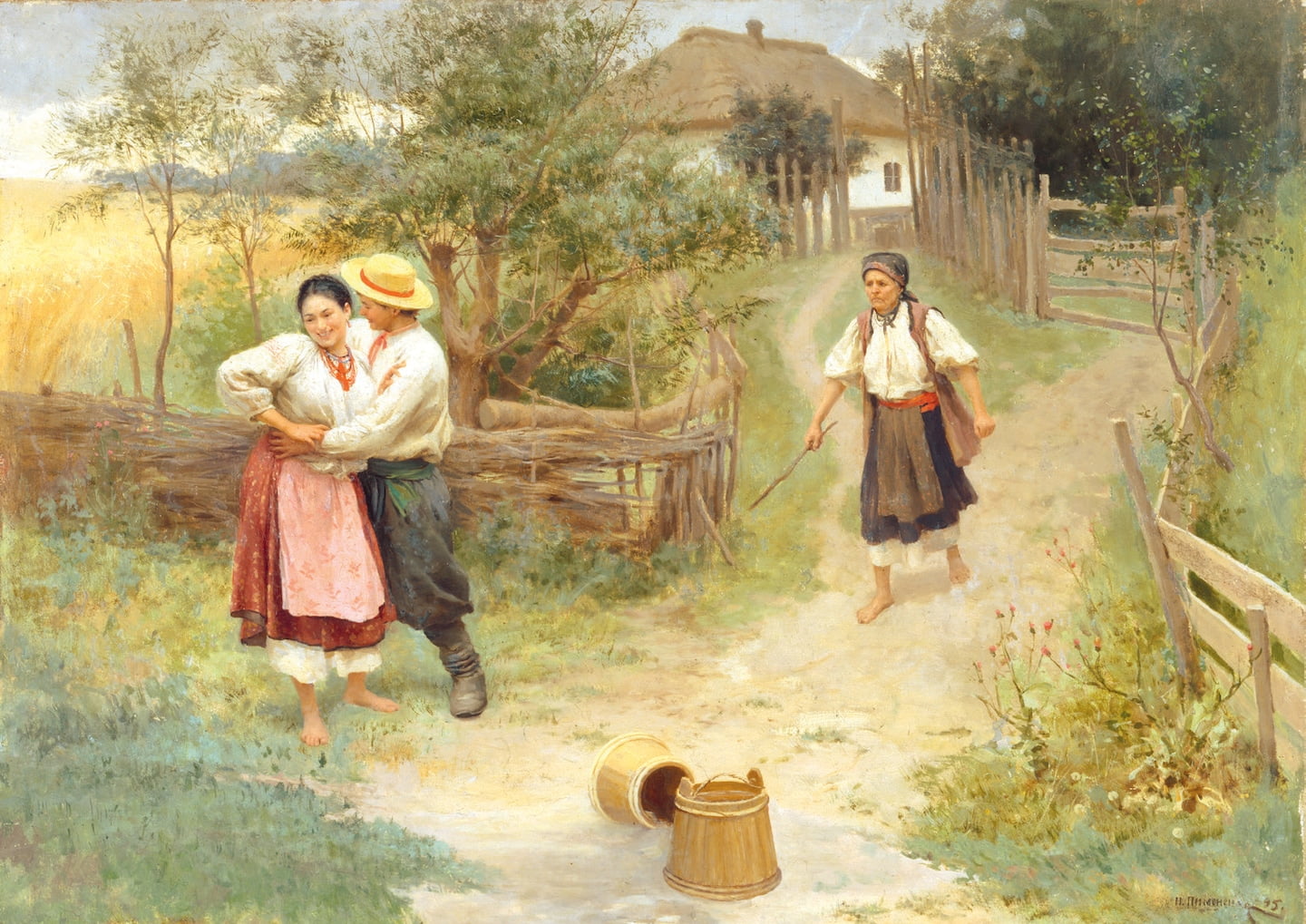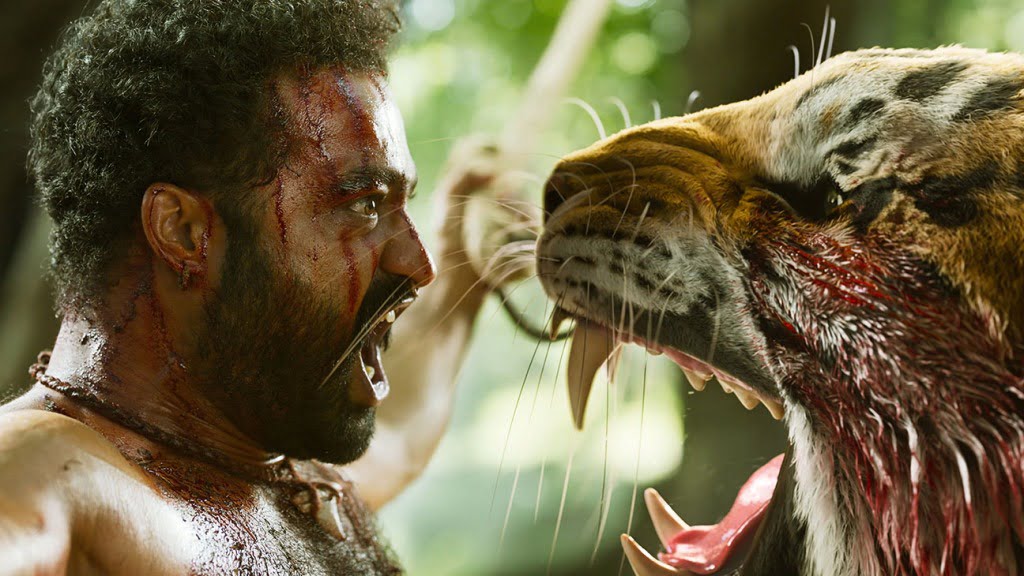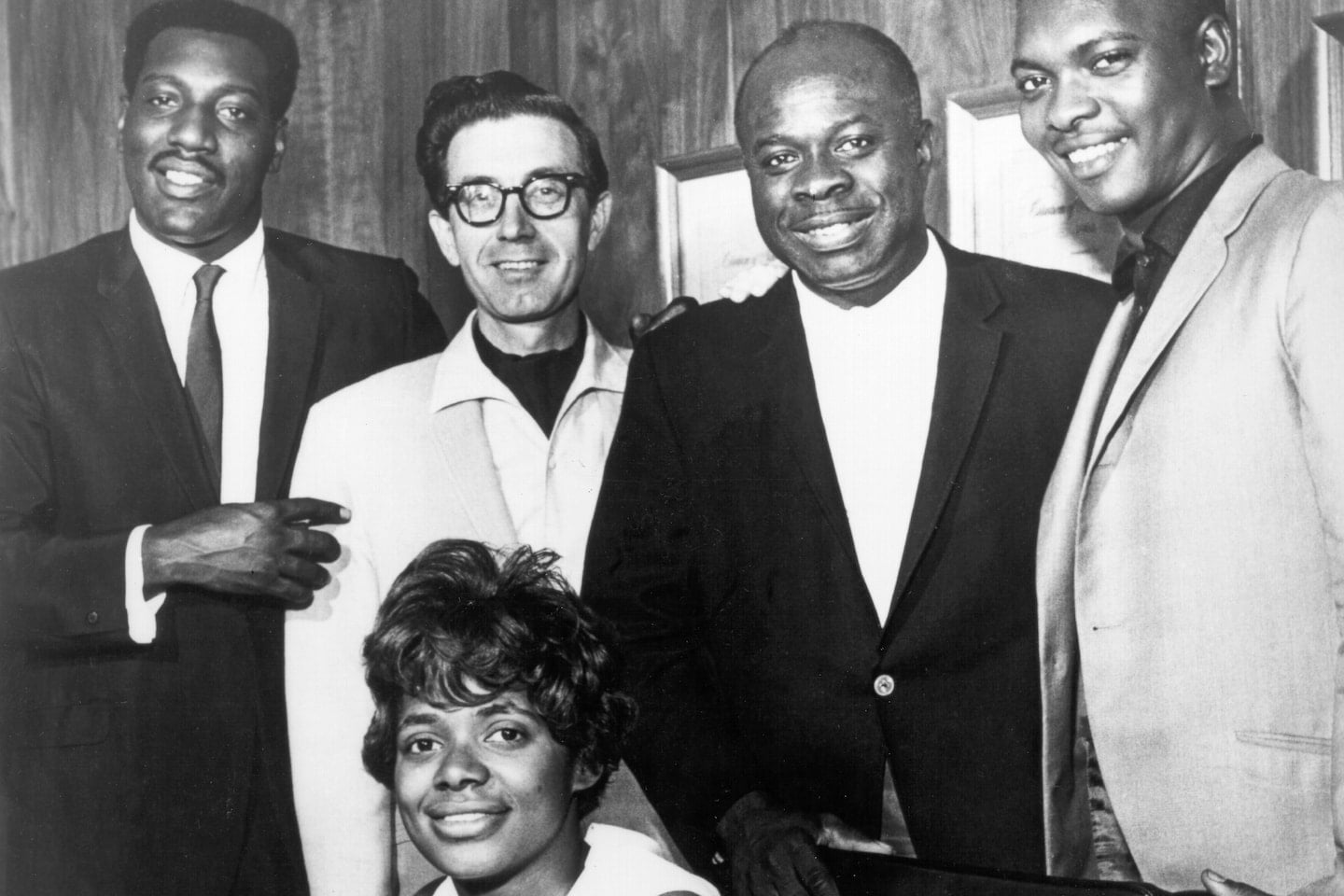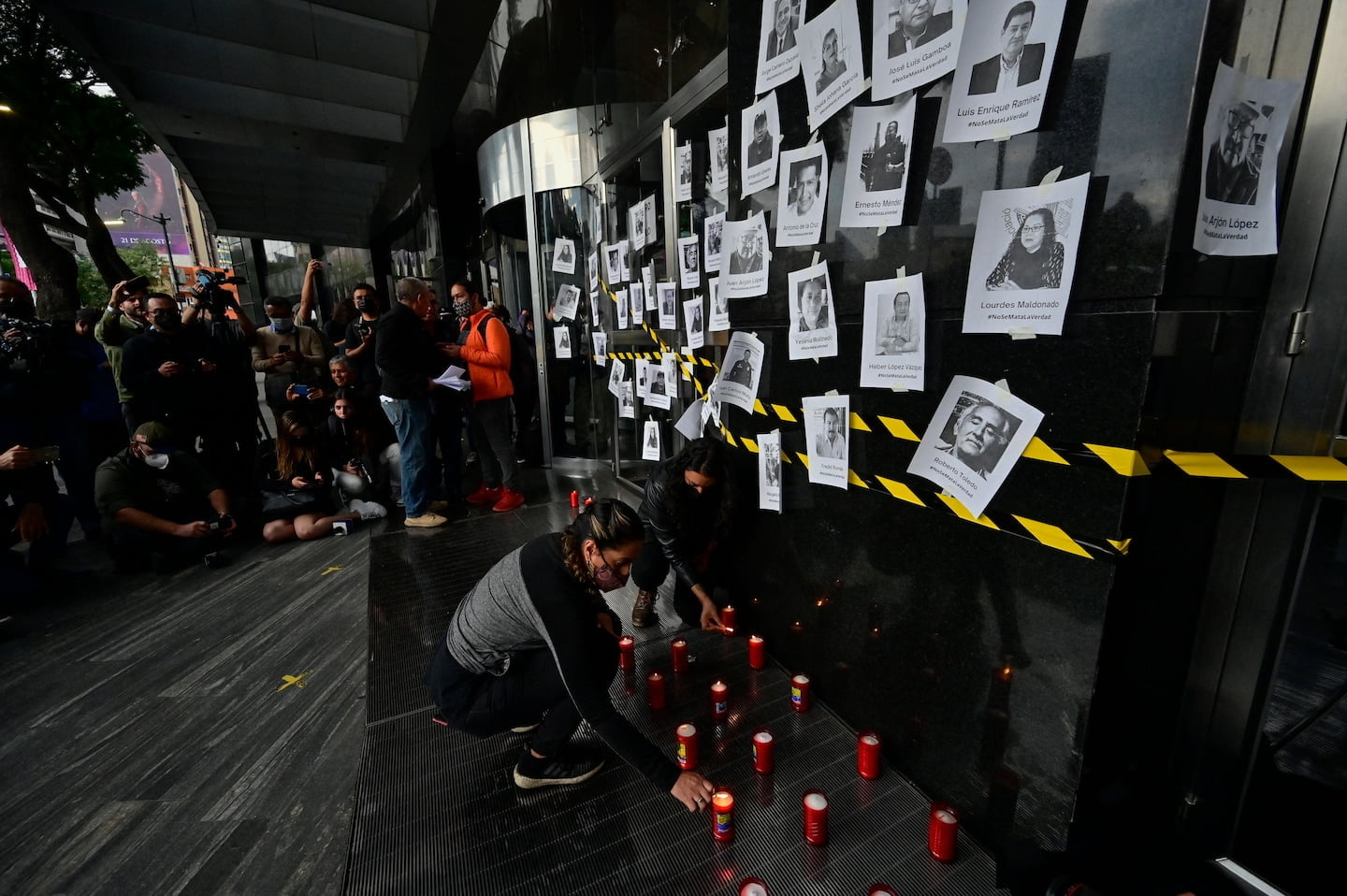Discussing 3,000 years of art in one book while giving anything more than the most cursory attention to individual artists is an impossible task, and “Treasures of Ukraine” often resembles a book of lists, particularly when artists unknown to most Western museum-goers are mentioned by name only, unaccompanied by illustrations of the works they created. The task is made doubly hard by the book’s ideological imperative to claim as pure Ukrainian many artists who had much wider artistic sympathies. Ilya Repin (1844-1930), for example, was born in what is now Ukraine but received his artistic training at the Imperial Academy of Arts in St. Petersburg; learned from the Impressionists while living in Paris; was a member of the Wanderers, a Russian artists’ group; and died at his home in what was then Finland. The models for the Ukrainian Cossacks in one of his most famous paintings, “Reply of the Zaporozhian Cossacks,” were friends and academics from the university in St. Petersburg.
Other Ukrainian artists wore their heritage more overtly. Oleksandr Murashko (1875-1919), referred to in the book as “Ukraine’s Manet,” received his training in St. Petersburg and went on to study in Italy, France and Germany, becoming a member of the Munich Secession, a progressive German artists’ group. He returned to teach in Kyiv, where he founded a school and an association of local artists. He would serve as an important conduit of late-19th-century European art theories for young Ukrainians.
The way Ukrainian artists adopted modernist theory was the same as for artists from other parts of Europe and the Americas who visited the fountainheads of Paris and Munich and returned to introduce new styles to their homelands and to make their own variations on their discoveries.
With the breakup of the Soviet Union in 1991 and the opportunities it provided for Ukrainian artists to see Western contemporary art magazines and to travel and exhibit outside their native land, young Ukrainians have become participants in the international art scene. Movements such as New Wave, Pseudo-documentarism and Postmedia Painting have come and gone with the same speed that art movements do in the West. What might be distinctly Ukrainian about the country’s contemporary art is the ironic referencing of Soviet-era aesthetics and the monuments that continue to dot the Ukrainian landscape, but in general Ukrainian contemporary art is of a piece with a larger European artistic culture.
What sets Ukrainian artists apart, however, is that their European contemporaries are able to make art without being shot at. The current war and its effect on Ukrainian culture are part of the broader history of Ukraine, a battleground contested at various times by Mongols from the east, Turks from the south, Russians from the north, and Poles and Lithuanians from the west. For the past three centuries, Russia has been the dominant power in the region, and Ukrainian artists and intellectuals have struggled to keep their language and culture alive despite repression, starvation and war. Putin, like all dictators, wants to bend history to his ends. Russian troops, acting on his orders, have seized cultural artifacts from the parts of Ukraine they have invaded, and the artworks in unoccupied Ukraine remain in peril from air attacks.
Yet the human urge to make art continues. As the text for an exhibition that opened in Kyiv this past June stated: “Pain and shock do not exhaust our lives. There is also hope, persistence, devotion, love. There is still beauty and there is a future.”
Reagan Upshaw is an art dealer and critic in Beacon, N.Y.
A Nation’s Cultural Heritage
Foreword by Andrey Kurkov; essays by Victoria Burlaka, Andriy Puchkov, et al.
Thames & Hudson. 256 pp. $29.99
A note to our readers
We are a participant in the Amazon Services LLC Associates Program,
an affiliate advertising program designed to provide a means for us to earn fees by linking
to Amazon.com and affiliated sites.




